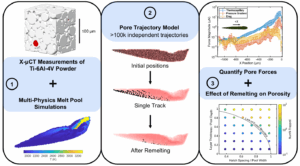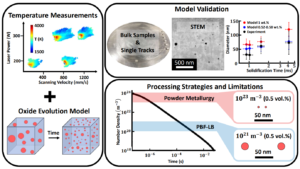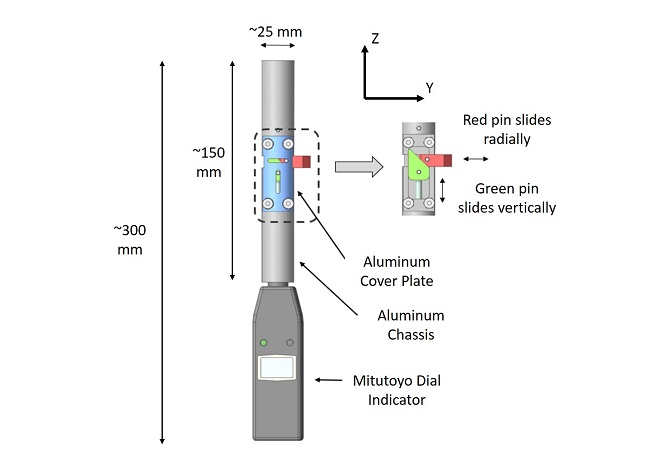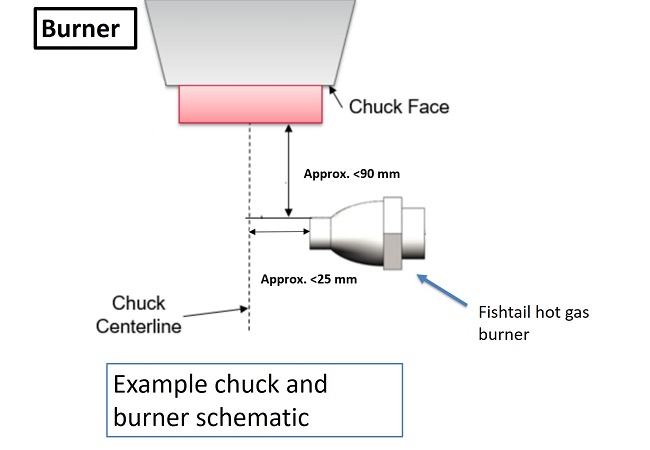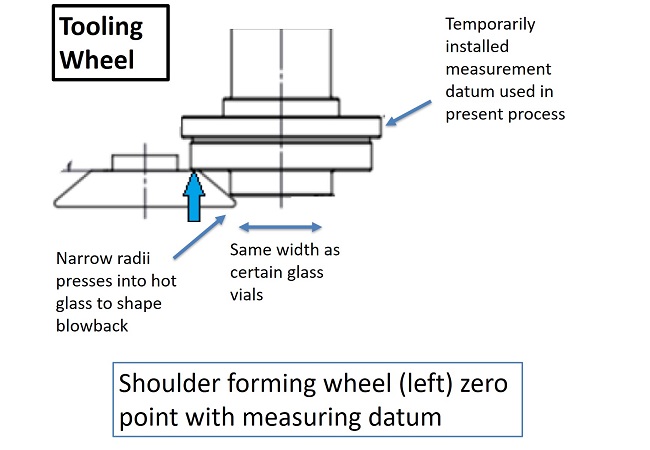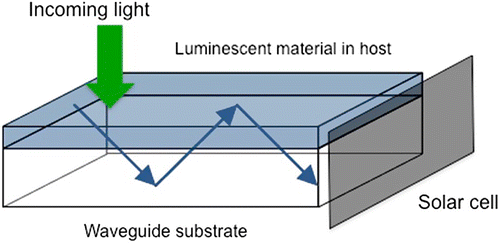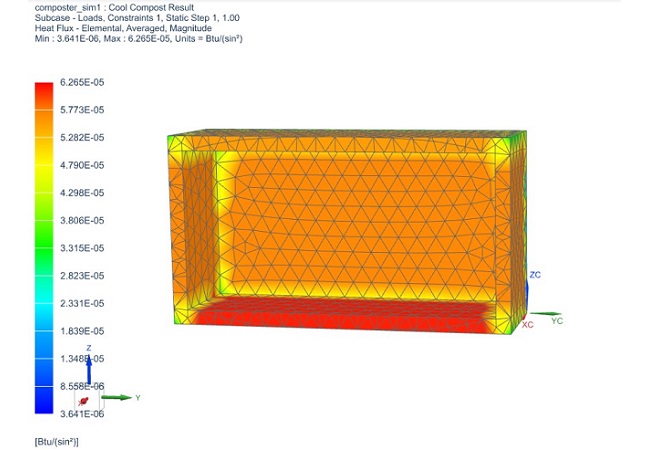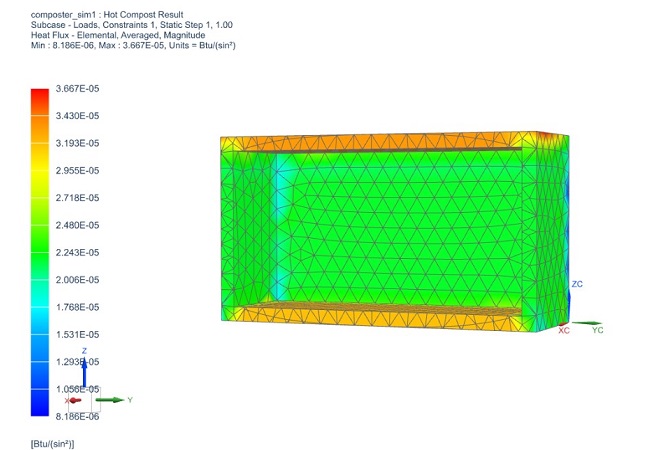Projects
Modeling Pore Transport in Laser Powder Bed Fusion (LPBF)
LPBF is a layer-wise additive manufacturing process that uses a moving laser to fuse metal powder into bulk parts. This process enables the manufacture of parts with complex geometries and small feature sizes, which is advantageous in many applications, such as aerospace and power generation. However, one critical limitation of LPBF is the presence of porosity defects, which can limit mechanical properties such as fatigue life. In this project, we develop a modeling framework to simulate the motion of argon pores within the LPBF melt pool. The model is validated using X-ray micro-computed tomography measurements of porosity in printed parts. The results support the development of model-driven processing strategies to minimize porosity and improve the performance of printed parts.
This work is conducted under the advisement of Prof. Sneha Narra and Prof. Alan McGaughey at Carnegie Mellon University, in collaboration with Justin Miner (CMU) and Dr. Jiayun Shao (Northwestern University).
Additive Manufacturing of Oxide Dispersion-Strengthened (ODS) Alloys
ODS metallic alloys contain a high number density of nanoscale oxide particles, offering exceptional high-temperature creep strength and irradiation resistance. However, conventional manufacturing techniques for these materials are flawed. This project integrates thermodynamic and kinetic modeling with additive manufacturing experiments to investigate the mechanisms of oxide evolution in the liquid melt pool. These insights will inform processing strategies to reduce the size of the oxide particles and increase their number density.
This work is conducted under the advisement of Prof. Sneha Narra and Prof. Alan McGaughey at Carnegie Mellon University. Read our publication here.
Precision Measurement Device (Sponsored by Corning Inc.)
For my senior design project, I worked with seven other mechanical engineering students to increase the speed of job changeovers on Corning’s glass vial production line without sacrificing the positioning accuracy of burners (which heat the glass, Slide 2) and tooling wheels (which form the shape of the vial, Slide 3). Job changeovers involve radial and vertical adjustments of burners and tooling wheels to manufacture vials of different geometries. The geometry of our proposed radial measurement device was designed to fit within the tight spaces on Corning’s crowded production line. To ensure consistency in the manufacturing process, the final design needed to achieve a measurement uncertainty of less than 250 microns, while exerting a force of less than 1 lbf on the burners and tooling wheels. To quantify these forces, I conducted dynamics simulations in Siemens NX and validated the results against an analytical model developed by my teammate. The final design achieved an average measurement uncertainty of 60 microns and a maximum measurement force of 0.5 lbf, satisfying the design requirements.
Supercomputing for Luminescent Solar Concentrators
In Summer 2021, I conducted research on luminescent solar concentrators (LSCs), a type of building-integrated photovoltaic with superior design flexibility compared to traditional solar cells. I was advised by Dr. Duncan E. Smith, who created a Python package to model the performance of LSCs with varying geometries. These ray-tracing simulations are computationally-expensive, motivating the use of parallel computing. Using Dask (a parallel computing library for Python), I achieved up to 28x reduction in total computation time, enabling optimization of LSC geometry and a comprehensive comparison of LSC performance against traditional photovoltaics.
Automated Composting Machine
In Summer 2021, I worked with an interdisciplinary team of five other engineering students to design and prototype a smart composting bin, including systems for automatic material breakdown, aeration, leachate collection, and a companion app to monitor internal conditions real-time. I designed the temperature control subsystem, which maintains the interior temperature of the device within the optimal range for composting. I constructed a Python script to compute the maximum heating/cooling loads with varying external container geometries. Later, I validated my analytical calculations against thermal simulations in Siemens NX and implemented appropriate heaters and fans in the physical prototype. Finally, I installed a temperature controller and conducted experiments to verify the proper functioning of the device.
